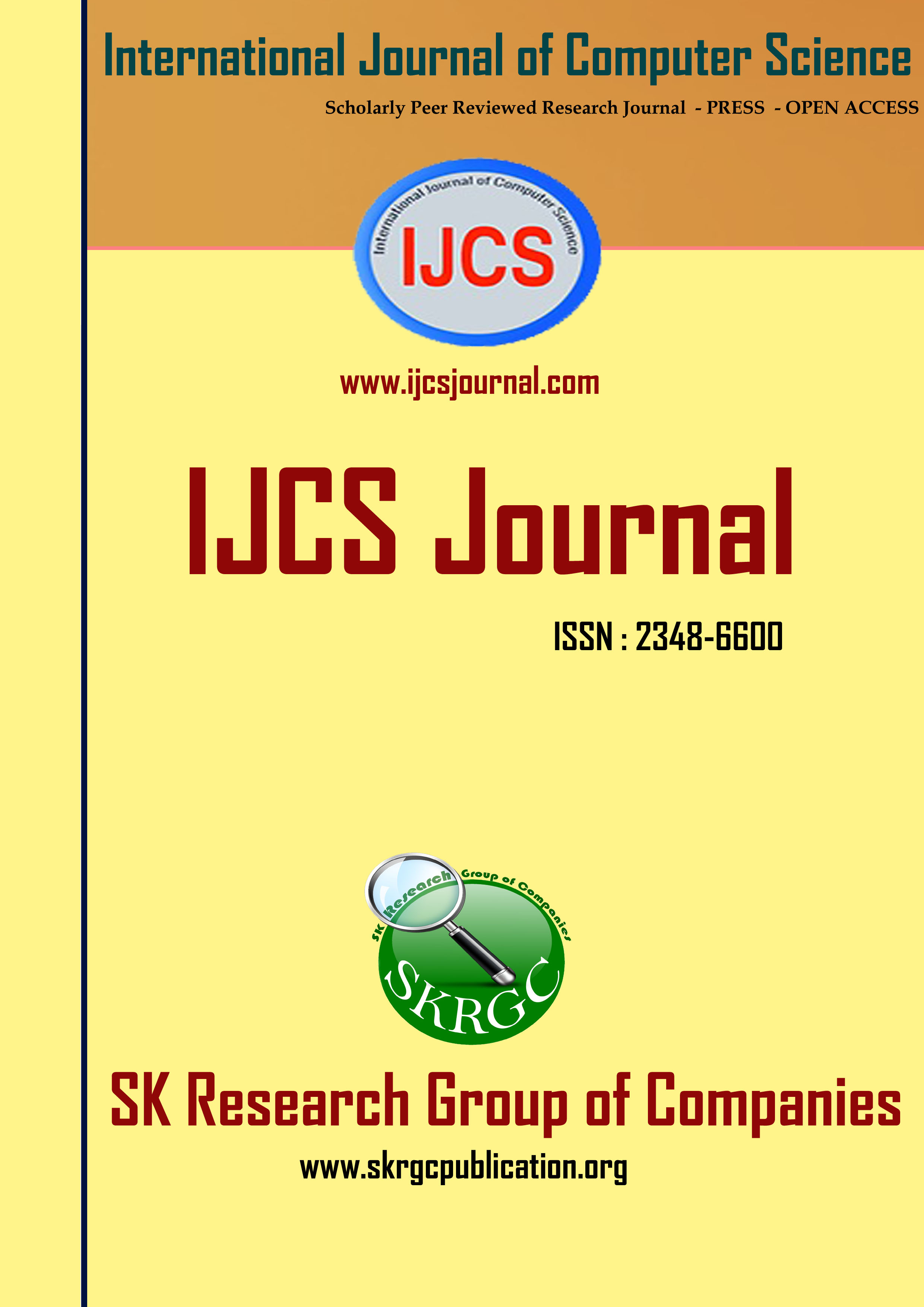STUDY OF TEMPERATURE DIFFERENTIAL IN DIFFERENT CONCRETE SLABS OF VARYING SLAB THICKNESS IN DIFFERENT REGIONS
International Journal of Computer Science (IJCS) Published by SK Research Group of Companies (SKRGC)
Download this PDF format
Abstract
In this paper the curling behavior of rigid pavements are observed due to variation of slab thickness in different regions with two different mix proportions of M40concrete slabs at different layers. Top layer of slab will have high temperature compared to bottom layer at day time which will be vice versa at night. To sustain these stresses, IRC:58-2011 specifies different temperature differentials, which is considered to design the slab thickness. The temperature differential specified in IRC is recommended state wise, but the air temperature varies for different Regions within the state, hence the temperature differentials are also likely to vary for different locations within the different regions and this will have major impact on design thickness of pavements. In the present study the temperature differentials for varying slab thickness at moderate and high temperature regions viz., Bangalore and Gulbarga have been considered. The study indicated that the actual temperature differentials measured even for Gulbarga (where temperature is high 41 degrees) was only 12.1 degrees maximum while the recommended temperature differential in IRC is 21 degrees which is about 73.5% high which leads to overestimate the slab thickness.
References
[1] ANSYS Release 10.0 user?s, Manual, ANSYS, Inc. Canonsburg, PA, USA.
[2] Dan F. Adkins1 and Gary P. Merkley, “Mathematical Model of Temperature Changes in Concrete Pavements” Journal of Transportation Engineering, Vol. 116, No.3, May/June, 1990, pp 349 – 358.
[3] Eyad Masad, Ramzi Taha, Balasingam Muhunthan, Associate Member ASCE, “Finite-Element Analysis of Temperature Effects on Plain-Jointed concrete Pavements”, Journal of Transportation Engineering, September, October 1996, pp 388 – 397.
[4] Gergis W.William and Samir N.Shoukry, “3D Finite Element Analysis of Temperature-Induced Stresses in Dowel Jointed Concrete Pavements”, The International Journal of Geomechanics, Volume 1, Number 3, 291 – 307 (2001).
[5] IRC: 58 (2002) guidelines for the design of Rigid Pavements for Highways, Indian Roads Concretes, New Delhi.
[6] S.K. Khanna, C.E.G.Justo, “High Engineering” 8th Edition 2001, published by New Chand & Bros, Civil Line Roorkee
Keywords
Temperature differential, curling behavior, Thermocouples.

